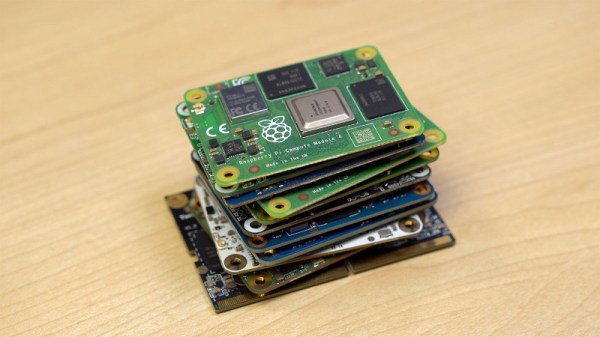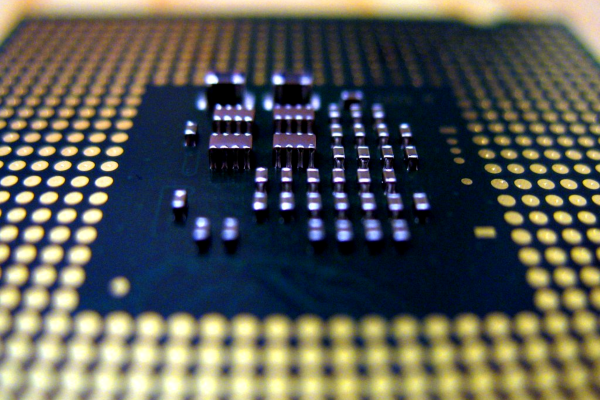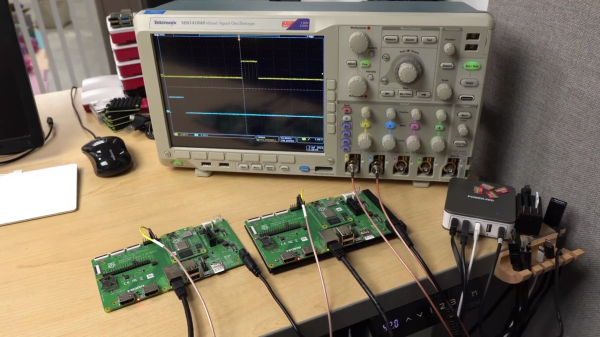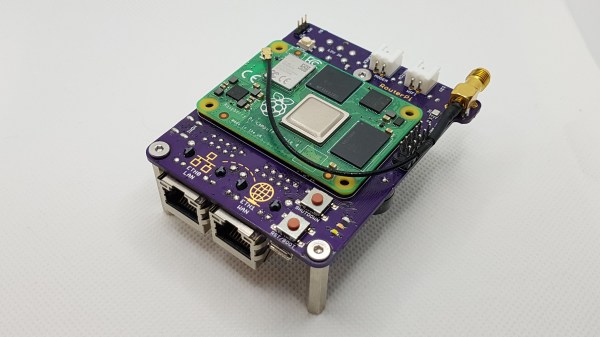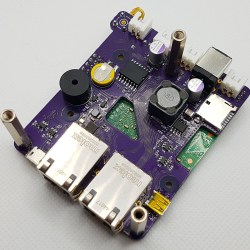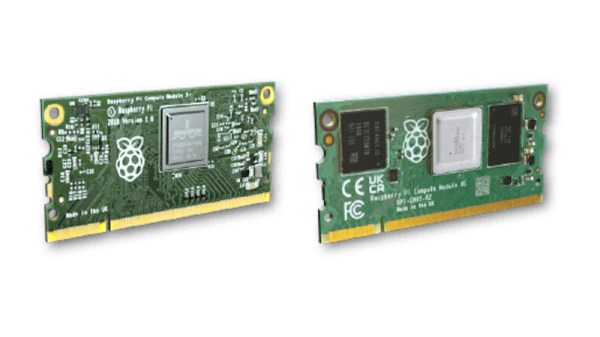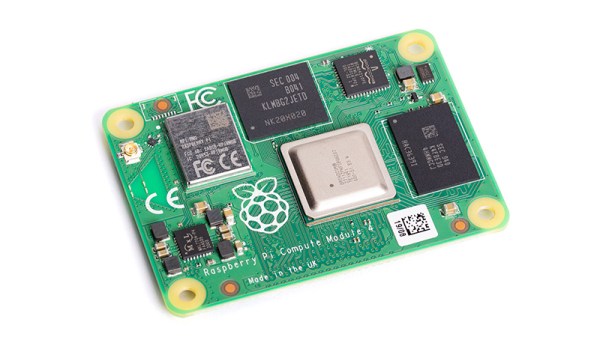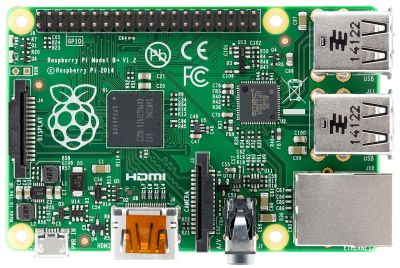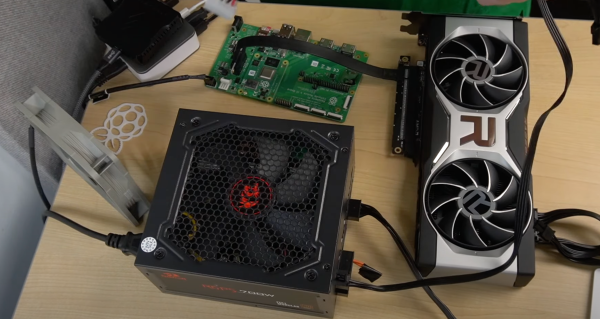The folks at Raspberry Pi are riding on a bit of a wave at the moment, with the launch of the Pi 5 with its PCIe and RP1 peripheral chip, the huge success of the RP2040 microcontroller, and the supply chain issues that dogged the Pi 4 and Compute Module 4 during and after the pandemic finally working themselves out. But as always there are plenty of would-be competitors snapping at their heels, so [Jeff Geerling] has posed the question of what it takes to make a Raspberry Pi killer. He’s in a good position to do this, as he’s amassed an impressive collection of every competing Compute Module board.
It’s a well-observed analysis of the world of small Linux SBCs, on hardware, software, community, and price, and we find ourselves pretty much in agreement with it. The Pi hardware has quirks and is rarely the best on paper when compared to the competition, but they win hands-down on distribution support and community. In a sense what you really buy when you get a PI is this, because Raspberry Pi OS will run on it for the reasonable future. Rival makers would do well to read his piece, because we sense that if one of them tried to give the Pi a run for its money away from the hardware it would make for a much better SBC ecosystem. Take a look at his Compute Module comparison below the break.
We recently took a look at the strategic importance of the Pi 5 and in particular the RP1.
Continue reading “What It Takes To Make A Raspberry Pi Killer”

